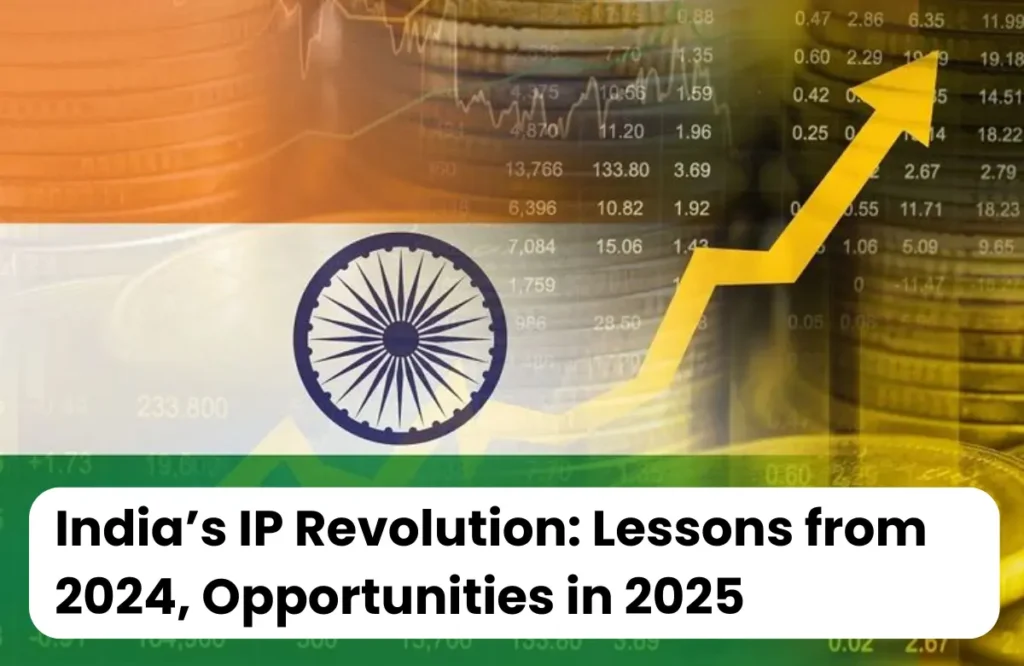
When we talk about patents and business, the first thing that often comes to mind is patent monetization in India—the process of turning intellectual property into real revenue. For many companies, following this path has unlocked significant value, and India is now setting new benchmarks in this space. With stronger IPR frameworks and growing awareness of the power of patents, Indian brands are gaining recognition on the global stage. What’s driving this transformation is India’s focus on patent monetization and IPR protection, which not only supports local businesses but also helps establish them as global players. If you want to understand how this works and why it’s shaping the future of Indian innovation, just keep reading.
What Is Patent Monetization and How Does It Work in India?
Patent monetization is a mechanism through which businesses use their patents to generate revenue. It is an effective way to leverage intellectual property, especially patents that are underutilized or left untouched. Today, we’re looking at this concept through an Indian lens. In India, patent monetization has traditionally been carried out through four primary methods:
- Licensing – allowing others to use the patented technology in exchange for royalties or fees.
- Selling – transferring ownership of patents outright for financial returns.
- Patent pools – combining patents from multiple owners to be licensed collectively.
- Disputes and litigation – enforcing patent rights through courts to secure settlements or royalties, or other traditional methods.
Over the years, patent monetization in India has evolved remarkably, with lucrative deals and innovative methods driving strong results
How Has Patent Monetization in India Changed from 2024 to 2025?
India’s patent monetization journey has shown both momentum and challenges when comparing 2024 with 2025. In 2024, the country witnessed a surge in innovation activity, with over 51,000 residents filing patent and more than 103,000 patents granted, creating strong potential for commercialization and licensing opportunities. By 2025, filings grew even faster—crossing 68,000 applications—reflecting India’s rising innovation culture and stronger participation from universities and startups. However, the number of patents granted fell sharply, with only about 26,000 approvals compared to nearly 80,000 applications. This widening gap between filings and grants highlights a bottleneck that could slow down monetization, since enforceable rights are essential for licensing deals and revenue generation. In essence, while 2024 built the base with high grants and growing awareness of IP value, 2025 emphasized quantity over quality, testing the system’s ability to translate patent filings into tangible commercial gains.
This data clearly shows that, with each passing year, India is making steady progress in the field of patent monetization and achieving significant milestones in the IPR industry.
What Business Categories in India Drive the Growth of Patent Monetization?
A number of business sectors in India are stepping up when it comes to monetizing patents. Leading this are pharmaceuticals and life sciences (for APIs, biosimilars, biologics), but also leveraging those patents via licensing, generic-product partnerships, and technology transfer. The IT/software/telecom sector is another major player:
- Pharmaceuticals & Life Sciences – monetizing patents through drug licensing, biosimilars, technology transfer, and generic product partnerships.
- IT, Software & Telecom – leveraging patents in AI, cloud, mobile communications, and data analytics via licensing, cross-licensing, and enforcement.
- Automotive & Manufacturing – focusing on electric vehicles, green technologies, and advanced engineering, using patents for collaborations and strategic deals.
- Universities & R&D Institutions – increasingly licensing innovations to industry and creating spin-offs based on patented technologies.
- Green Energy & Emerging Tech Startups – monetizing patents in solar, wind, battery storage, and deep-tech fields through collaborations and venture partnerships.
Read Also: Unitary Patent System: How It Shapes Patent Monetization?
Conclusion
The comparison between 2024 and 2025 highlights both the promise and the challenges of patent monetization in India. On one hand, the sharp rise in filings reflects a vibrant innovation ecosystem, with universities, startups, and industry players actively contributing to the country’s IP portfolio.









